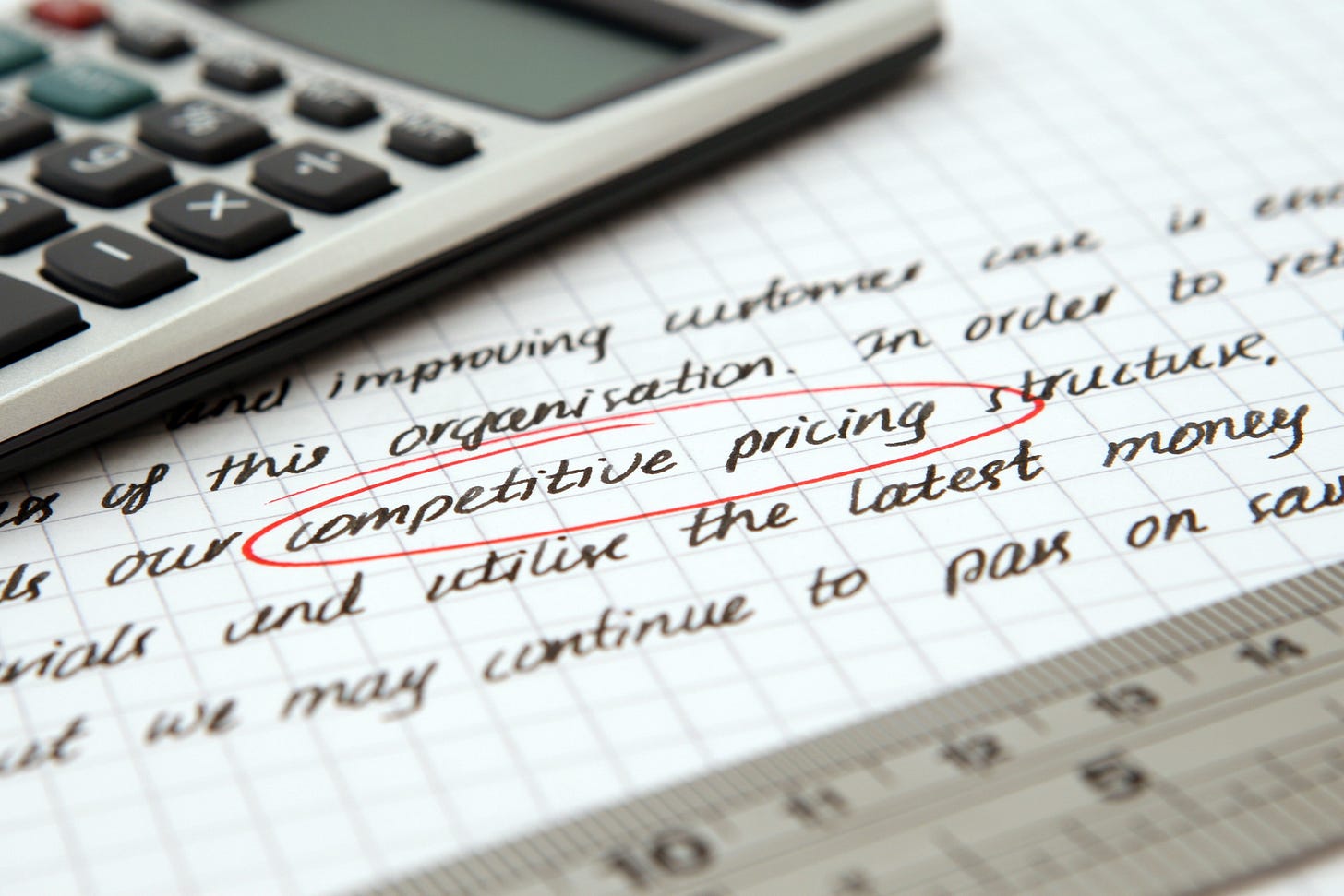Dynamic Pricing And How It Helps Reshape Businesses
by Saikat Mazumder
Dynamic Pricing is not a new concept in the business world. Companies are using pricing strategies for a long time but perhaps in a discrete way. But, in today’s cut-throat competition in the e-commerce industry, dynamic pricing is an essential strategy for the companies.
If we speak in simple terms, dynamic pricing is a pricing strategy where we continuously adjust the price of a product based on the demand or any other influential factor as decided. For example, you have probably heard about Amazon’s dynamic pricing. In Amazon, the price of the product is adjusted based on market condition and demand-supply ratio. The price of the products can be changed or be re-adjusted every few minutes because of the change in a dynamic market. Thanks to Machine Learning and advanced dynamic pricing algorithms now an e-commerce seller can easily adopt these strategies and have several benefits in their business.
What is Dynamic Pricing and what are the advantages?
It is a strategy of the pricing of the products which varies on different external factors, like - the demand of the product, the seasonality, the market trends, etc. Dynamic price can affect the price of the product in real-time and it is flexible towards the present market scenario. Dynamic pricing can only be applied to e-commerce stores because you can’t change the price of the products in real-time in a physical store. For example, we can observe that, when any particular item is in demand in any e-commerce store, then the price goes up if the inventory is going to empty soon.
help to move the volume or increase the revenue. For example, you can drop the price to sell more products or you can increase the price when there is high demand and earn more.
Advantages of Dynamic pricing
Increase Sale
Instead of selling products at a fixed price, dynamic pricing can .
Keep the business in competition
When the price of the product is controlled by some advanced Machine Learning Model, it keeps you ahead in the price war of the e-commerce business. Predicting the right price of your product at the right time keeps you on top of the competitive market.
How can we implement a Dynamic Pricing algorithm?
In the last few years, applied Machine Learning algorithms have solved many traditional business problems with ease. The pricing algorithm can be flexible enough that, based on the business need it can help to find the optimal price of the products. It considers the factors like the market trend, buying pattern, and demand fluctuations.
Dynamic pricing algorithms depend on the core relation of price and demand. They also consider different factors like competitor’s prices, product selling history, inventory costs, etc. However, most of the available algorithms focus on historical sales data and develop a strategy for how the price behaves over time.
Typically the algorithm has the following steps -
Processing of historical sales data, pricing points, and demand curve
The algorithm tries to build the demand function based on selling points to create the new pricing strategy
The model trains along different data points to observe a broad range of price differences. Finally, the model predicts the optimal price of the product
Like any other Machine Learning algorithm, the main drawback of finding the optimal price is having enough data. When we choose any product which has a long history of sales record, it is easier for the algorithm to recommend the right result. But, for a comparatively new product, it is difficult to predict the optimal price using the algorithm.
Dynamic pricing can effectively put a business well ahead of its competitors by maximizing revenue, increasing gross profit, and improving sales volume.
Did you find the blog informative? Check out another insightful blog on Inventory Optimization by Manu K Nath.
Struggling to price your products? Book a demo with our pricing experts now!!




